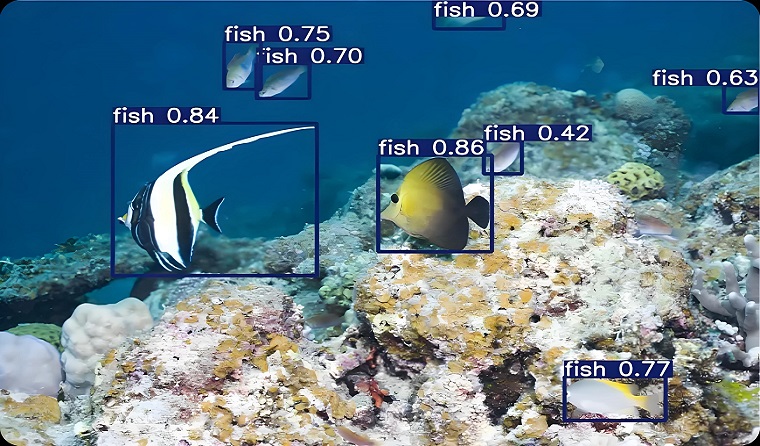
In the field of underwater aquaculture, underwater aquaculture cameras are important tools for monitoring the growth status of cultured organisms, evaluating water quality environments, and troubleshooting aquaculture facilities. To ensure their stable operation and full functionality, the following precautions should be noted during application:
Equipment Selection Adaptability
A suitable camera should be selected according to the characteristics of the aquaculture environment. For mariculture, priority should be given to equipment made of corrosion - resistant materials (such as 316 stainless steel and titanium alloy) to resist the electrochemical corrosion of seawater; for freshwater aquaculture, cost - effective anti - fouling materials can be chosen. At the same time, the waterproof rating corresponding to the aquaculture water depth (it is recommended to be no less than IP68) should be matched to avoid equipment water intake due to excessive water pressure. In addition, the camera resolution should meet the observation needs (such as 1080P and above for identifying the health status of fish), and it should have low - light compensation or infrared night vision functions to cope with the environment with insufficient underwater light, especially in deep water areas.
Installation and Deployment Specifications
The installation location should avoid obstacles such as aquaculture cages and feeding equipment to ensure that there are no dead angles in the monitoring field of view. At the same time, it should avoid directly facing strong light sources (such as surface refracted light) to prevent overexposure of the picture. The fixing method should be firm and reliable, and bracket or bottom - sinking installation can be adopted to resist the impact of water flow and the collision of cultured organisms. The cable connection part should be double - sealed (such as using waterproof joints + sealant) to avoid water infiltration causing short circuits; if wireless transmission is adopted, it is necessary to ensure that the waterproof performance of the signal transmitter and the transmission distance are suitable for the range of the aquaculture area.
Daily Use and Maintenance
Regularly clean the surface of the lens to remove attached algae, plankton and sediments. A special underwater cleaning brush or low - corrosive detergent can be used to avoid scratching the lens. Check the operation status of the equipment before each use, including the clarity of the picture, the infrared function and whether the storage module is normal. If any abnormality is found, stop the machine for maintenance in time. Adjust the shooting frequency according to the aquaculture cycle. For example, high - frequency monitoring (once every 2 - 4 hours) is required during the seedling period, and the frequency can be appropriately reduced during the adult fish period, but it is necessary to ensure at least one full - range scan every day.
Data Management and Security
The video data stored by the camera should be backed up to the cloud or local server in time to avoid data loss due to equipment failure. For pictures involving key data such as aquaculture density and growth rate, they should be marked and classified to facilitate subsequent analysis. At the same time, the equipment should be set with access rights to prevent irrelevant personnel from tampering with parameters or deleting data. If the equipment is equipped with water quality sensors (such as dissolved oxygen and pH value monitoring), the sensors should be calibrated regularly to ensure the accuracy of the data.
Safety Operation Specifications
When putting in, recovering or overhauling the equipment, protective equipment (such as waterproof clothing and non - slip shoes) should be worn. It is not allowed to work in bad weather (such as heavy rain and typhoon) or when the water flow is rapid. If the equipment needs to be connected to a power source, waterproof cables and leakage protection devices should be used to prevent safety accidents caused by water conduction. In addition, direct contact between the camera and cultured organisms should be avoided to prevent the vibration or heat generated during the operation of the equipment from causing stress reactions to them.



